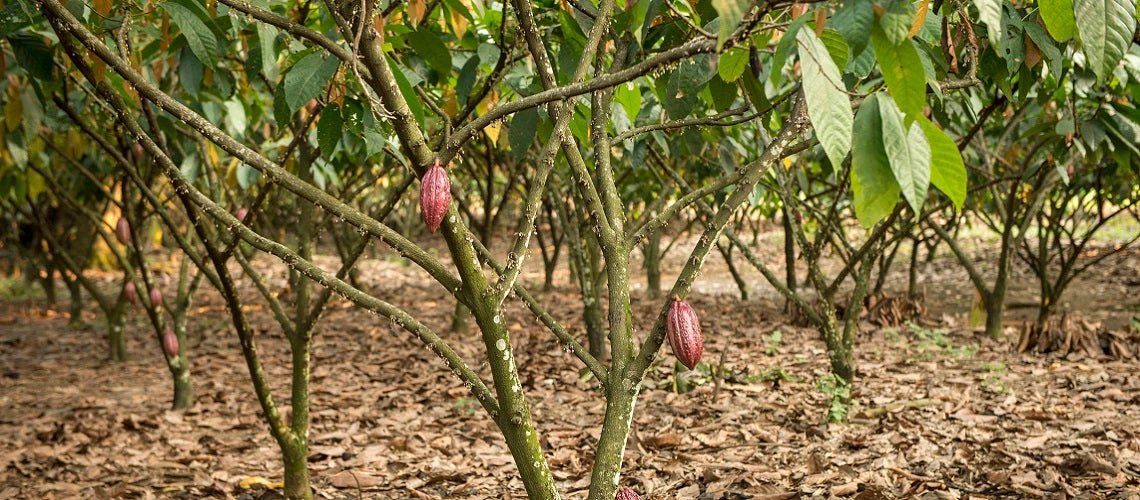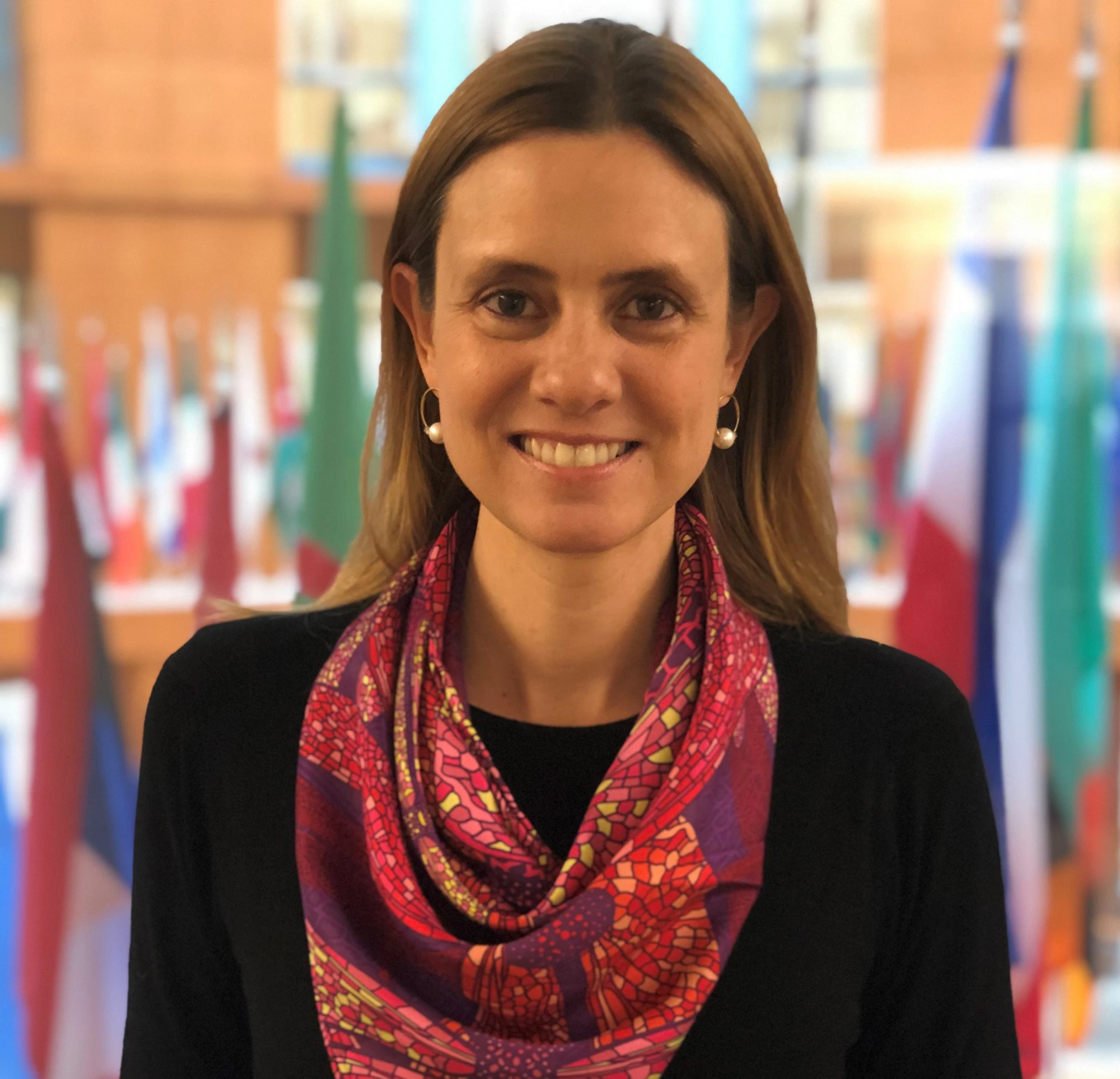 cocoa trees
cocoa trees
There is no denying the appeal of a freshly brewed cup of Colombian coffee, but another type of bean grown in Colombia commands attention: the cocoa bean. More than the fine flavor chocolate it becomes, Colombian cocoa offers an important opportunity for sustainable economic development in the country. Growing cocoa can lift up rural farmers, bring down greenhouse gas (GHG) emissions caused by deforestation, and advance Colombia’s standing in the international chocolate market.
Cocoa has long been cultivated and consumed domestically, but Colombia ranks only 10th in global production with just a 1% market share. Over the last year, the World Bank and its private sector-focused arm, the International Finance Corporation (IFC), have worked with the Colombian government and private sector partners to explore the potential for sustainable expansion of cocoa cultivation in the country’s Orinoquía region.
"Growing cocoa can lift up rural farmers, bring down greenhouse gas (GHG) emissions caused by deforestation, and advance Colombia’s standing in the international chocolate market. "
A new focus on green supply chains
This 25-million-hectare savanna and wetland area in the east of the country has seen broad agricultural expansion in recent years. More than 1 million hectares (ha) of Orinoquía’s forests were cleared to create rangeland for cattle between 1990 and 2015, making cattle ranching the leading cause of deforestation. But a new focus on climate-smart agriculture and green supply chains in beef, rice, and cocoa affords opportunities to influence the development trajectory of the region and ensure that future land use avoids deforestation and other environmental impacts.
With support from the BioCarbon Fund Initiative for Sustainable Forest Landscapes (ISFL), the Bank Group and Colombia are poised to launch a pioneering effort in the region. The project will demonstrate how a climate-smart business model can deliver increased sales of high quality cocoa beans while ensuring more productive land use—a combination that will ultimately increase producers’ incomes and reduce their carbon footprint.
The project will partner with Andean Cacao, a Colombian company that seeks to build a more efficient and reliable supply chain by providing consistent volumes of single-origin cacao traceable from farm to table. Work with Andean Cacao aims to sustainably develop cocoa plantations on former rangeland in Orinoquía and connect with neighboring smallholder farmers to expand production. The goal is to build a network of trusted outgrowers linked to domestic and international buyers.
Encouraging a shift from ranching to cocoa cultivation
High up-front costs and an overall lack of experience with cocoa cultivation in the region are key barriers to overcome. Colombia’s Agricultural Rural Planning Unit estimates that upwards of 1 million ha in Orinoquía are well suited for growing cocoa, but the vast majority is being used for cattle ranching—a low return but low risk option for landowners. Moreover, cocoa cultivation does not have a strong tradition in much of the region. Existing producers usually plant cocoa on a small scale to supplement their income. Productivity is low and cocoa beans are not consistently fermented and dried, resulting in varying levels of quality.
To help turn this informal side activity into a major income generator for rural communities, the project will provide gender-responsive training to build the capacity and know-how of targeted smallholder farmers and producer associations. By adopting sustainable agriculture methods and enhancing coordination mechanisms, men and women cocoa producers will be able to increase land productivity, reduce costs, and mitigate GHG emissions—all while expanding their access to and competitiveness in international markets.
By adopting sustainable agriculture methods and enhancing coordination mechanisms, men and women cocoa producers will be able to increase land productivity, reduce costs, and mitigate GHG emissions—all while expanding their access to and competitiveness in international markets.
The project will encourage producers to establish agro-forestry systems in which wind breaks and shade trees are incorporated into cocoa plantations on degraded pastureland. While this practice is relatively new to Latin America and Caribbean, it is gaining traction for its ability not only to increase cocoa yields but also to enhance the soil, control erosion, and augment carbon sequestration. Rehabilitating already-cleared agricultural land can also help curb deforestation. Rural households that can boost their income by producing sustainable cocoa on rehabilitated land will have less need to clear new land for cattle ranching.
The project will also support farmers with testing and evaluating new production methods and technologies to improve efficiency, quality, sustainability, and access to international markets. Special focus will be on reducing the levels of cadmium, an element that occurs naturally but is harmful to humans. The project will analyze different varieties of cocoa, fertilizer, and other inputs and train growers in specific techniques to keep cadmium under acceptable levels for export.
This five-year pilot aims to bring 3,000 ha under sustainable land management, increase land productivity by 25%, and boost cocoa producers’ sales revenue. It will help put in place methods to trace the origin of production and measure GHG emission reductions. The potential is expansive, and the project team is eager to put specific models to the test and prove their worth. Successful practices will be scaled and adopted across the broader ISFL program in Orinoquía.



Join the Conversation